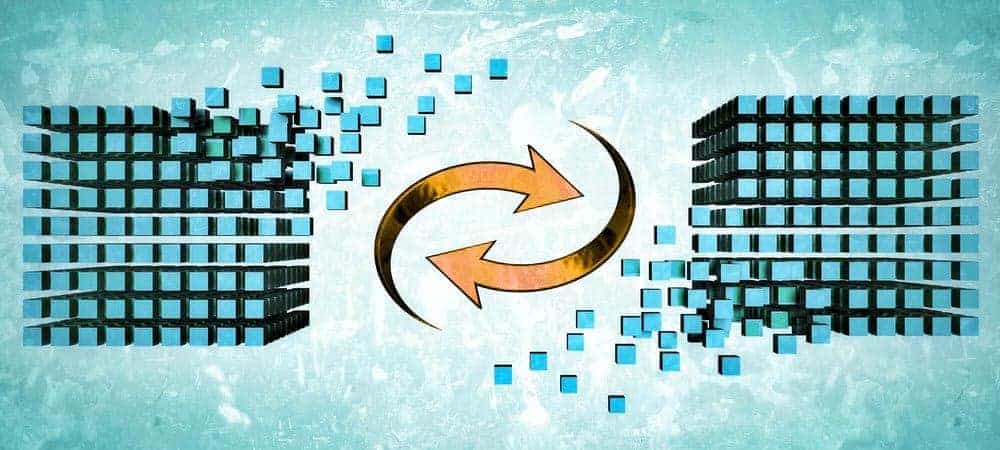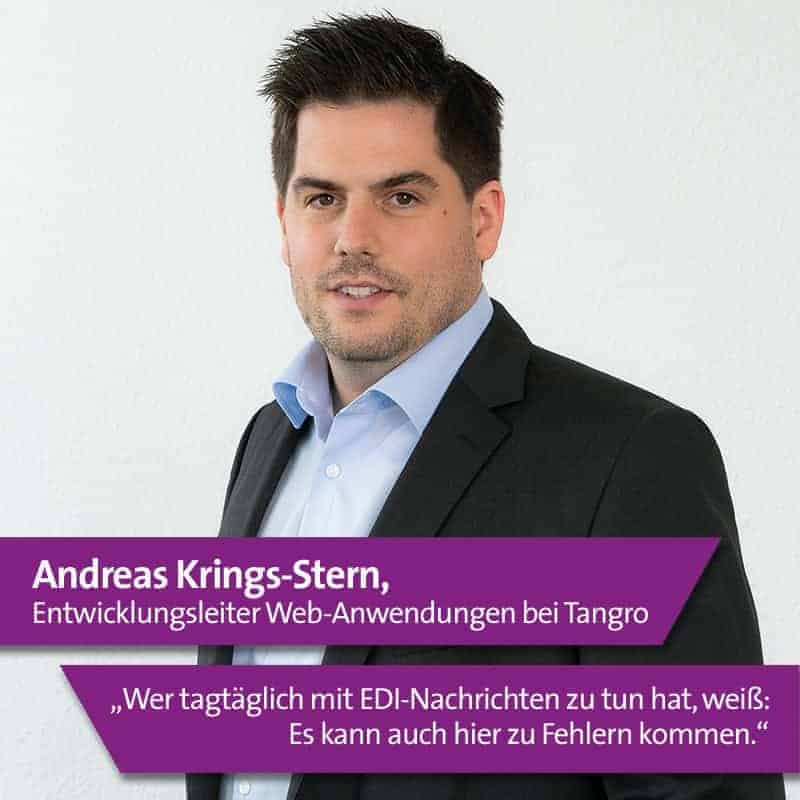Electronic Data Interchange (EDI) Is Digitalization Brought to Life


EDI is used to transfer business-related data electronically between IT systems without any human intervention and to optimize business processes—in various departments of individual companies and beyond.
In order processing, for example, connecting EDI partners avoids entry errors, automatically initiates downstream processes and cuts delivery times. In accounting, electronic processing minimizes the amount of work involved in data input, shortens document processing times and increases transparency. All in all, companies benefit from reduced transfer, processing and response times.
Electronic Esperanto
For data to be exchanged smoothly, two IT systems need to be able to communicate with one another. For this communication to run smoothly between one machine and the next, a series of cross-system standards has been created. Similar to an electronic form of Esperanto, the sender’s data is translated into a generally understood “language”, which is then translated in turn into a format which is legible to the receiver. Recognized standards—cue Esperanto—include, for example, the globally used EDIFact (Electronic Data Interchange for Accounting, Commerce and Transport) with its industry-specific subsets as well as Ansi, Swift or ZUGFeRD. Furthermore, SAP has developed its own interface for exchanging business data with ERP systems: IDoc format.
Formats and adaptations
EDI messages can be processed by systems in companies without any manual intervention by the administrator. Anyone who works with EDI messages on a daily basis will know, however, that errors can occur. As soon as the agreed standards and structures are not complied with meticulously, the electronic data exchange may run into problems. Users inexperienced in standard EDI solutions face the huge problem of finding the cause of error in the cryptic data. The IT department usually has to step in, making things even more complicated.
Tangro has developed its own EDI converter, which maps the EDI messages in a format legible to tangro. Incoming EDI data is then stored as a tangro document. This prevents incorrect data from being transferred to SAP systems, where it could not be processed any further and would therefore halt the process.
Tangro automatically generates a PDF, which is displayed on the monitor with the document data. Even an EDI novice can check this screen and see at a glance where which data is missing or where there are discrepancies. This process is as simple as with an OCR-scanned document. For the benefit of the user, tangro makes no distinction here. This feature is by the way reflected in the bill: there are no additional costs, regardless of whether customers use OCR or EDI. The Tangro EDI converter processes invoices as well as order data and supports all key standard formats, including EDIFact and XML-based formats such as ZUGFeRD.

The software can be easily adapted to existing business processes and company-specific rules and requirements. For example, the converter automatically adds more information to the received message, such as source or company code, which is needed for fully automatic processing.
Error-free documents can therefore be posted without the administrator having to intervene, as is commonplace with EDI. What’s more, rules can be put into place to prevent the software from working on its own. If necessary, the converter also automatically initiates a workflow to forward documents, e.g. to the right agent or the right department.






